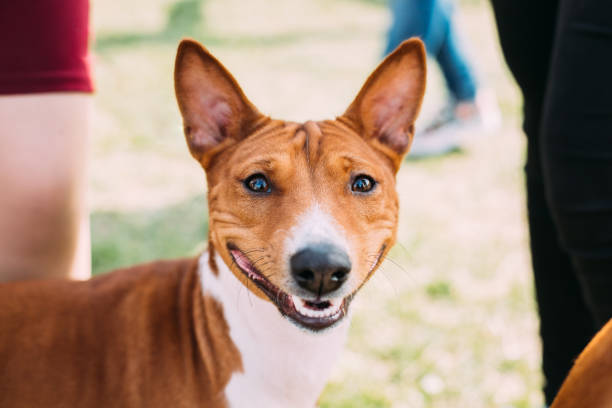Are you a proud Basenji owner who’s struggling with potty training? Don’t worry, you’re not alone. Potty training your Basenji can be a challenging process, but with the right approach and a little patience, you can successfully teach your furry friend where and when to do their business. In this comprehensive guide, we’ll break down the steps to potty training your Basenji effectively, ensuring a clean and stress-free environment for both you and your canine companion.
Aspect 1: Understanding Your Basenji’s Behavior
Before diving into the potty training process, it’s crucial to understand your Basenji’s behavior and instincts. Basenjis are known for their intelligence and independence, which can sometimes translate into stubbornness. However, they are also clean animals by nature. Here’s what you need to know:
Natural Cleanliness: Basenjis have a natural instinct to keep their living area clean. They will avoid soiling their personal space if given the choice.
Communication: Pay attention to your Basenji’s cues. Sniffing around, circling, and restlessness often indicate that they need to go.
Consistency: Establish a routine for feeding and bathroom breaks. Consistency helps your Basenji learn when to expect potty time.
Aspect 2: Setting Up a Potty Training Routine
Creating a structured routine is key to successful potty training. Basenjis, like most dogs, thrive on routine and predictability. Follow these steps to establish a routine:
Regular Feeding Times: Feed your Basenji at the same times every day. This will regulate their digestion and make it easier to predict when they’ll need to go.
Frequent Potty Breaks: Take your Basenji outside first thing in the morning, after meals, and before bedtime. Also, take them out if they’ve been playing or drinking a lot of water.
Designated Potty Area: Choose a specific spot outside for your Basenji to do their business. The scent will encourage them to go in that spot.
Positive Reinforcement: Praise and reward your Basenji when they potty in the designated area. Positive reinforcement strengthens the connection between the behavior and the reward.
Aspect 3: The Power of Positive Reinforcement
Positive reinforcement is a cornerstone of effective potty training. Basenjis respond well to praise and rewards. Here’s how to implement it:
Immediate Reward: As soon as your Basenji finishes pottying in the designated spot, offer verbal praise and a treat.
Consistent Language: Use a specific command, such as “Go potty,” while your Basenji is doing their business. Eventually, they’ll associate the command with the action.
Avoid Punishment: Never scold or punish your Basenji for accidents. Positive reinforcement is more effective in creating a positive learning environment.
Aspect 4: Dealing with Accidents
Accidents are bound to happen during the potty training process. How you handle these situations can impact your Basenji’s progress:
Stay Calm: If you catch your Basenji in the act, calmly say “no” and immediately take them outside to finish.
Clean Accidents Thoroughly: Use an enzymatic cleaner to eliminate the scent of accidents. This will prevent your Basenji from being drawn back to the same spot.
Adjust the Routine: If accidents become frequent, reassess your routine. Are you taking your Basenji out often enough? Adjust as needed.
Aspect 5: Gradual Independence
As your Basenji becomes more accustomed to the routine, you can start giving them more independence:
Supervised Freedom: Allow your Basenji to roam your home under supervision. If they start exhibiting signs of needing to potty, take them outside immediately.
Gradual Expansion: Slowly expand your Basenji’s access to different parts of the house as they consistently demonstrate good potty behavior.
Celebrate Progress: Celebrate milestones in their potty training journey. Reduced accidents and signaling when they need to go are signs of progress.
Conclusion
Potty training your Basenji requires dedication, consistency, and understanding. By grasping their behavior, setting up a routine, using positive reinforcement, handling accidents appropriately, and gradually granting them more independence, you’re on your way to a potty-trained Basenji. Remember, every dog is unique, so be patient and adapt the process to your furry friend’s needs. With time and effort, you’ll have a well-trained Basenji who knows exactly where to go when nature calls.


